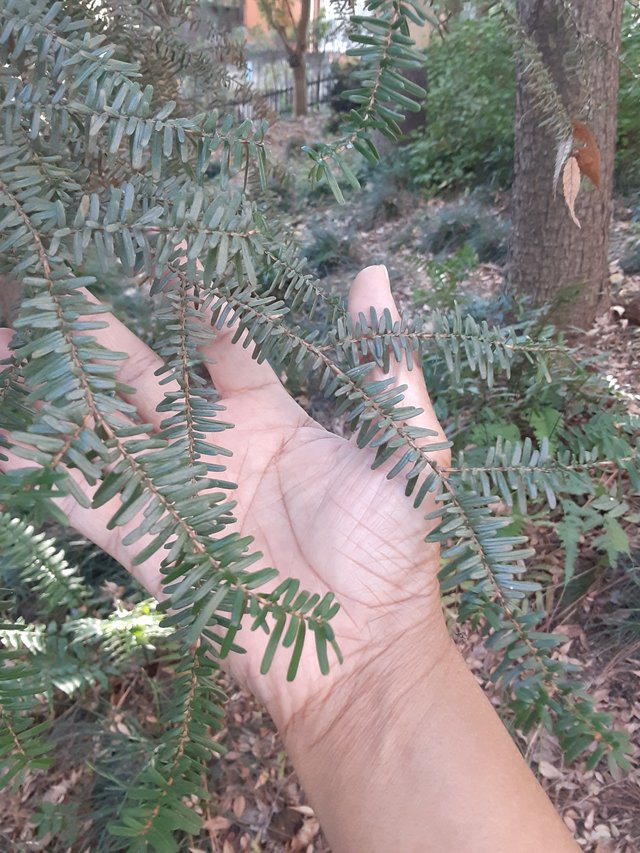Tsuga sieboldii, a coniferous evergreen native to southern Japan, bears small, flattened, scale-like leaves with two white stomatal bands on the underside

Tsuga sieboldii, commonly known as the Southern Japanese hemlock or Siebold's hemlock, is a coniferous evergreen tree native to the mountainous regions of southern Japan. It is a popular ornamental plant, valued for its graceful form, soft foliage, and tolerance of shade.
Leaves
The leaves of Tsuga sieboldii are small, flattened, and scale-like, ranging from 0.7 to 2 centimeters in length. They are arranged spirally on the twigs and have a blunt or notched tip. The upper surface of the leaves is dark green and shiny, while the underside has two broad, white stomatal bands.
Characteristics of Tsuga sieboldii leaves
- Small, flattened, and scale-like
- Arranged spirally on the twigs
- Blunt or notched tip
- Dark green and shiny upper surface
- Two broad, white stomatal bands on the underside
Ecological significance of Tsuga sieboldii leaves
The leaves of Tsuga sieboldii provide food and shelter for a variety of insects and birds. They also play a role in nutrient cycling and erosion control.
Medicinal and culinary uses of Tsuga sieboldii leaves
The leaves of Tsuga sieboldii have been used in traditional Japanese medicine to treat a variety of ailments, including colds, coughs, and fever. They are also used to make tea and soup.
Ref.:
 |  |
Upvoted! Thank you for supporting witness @jswit.